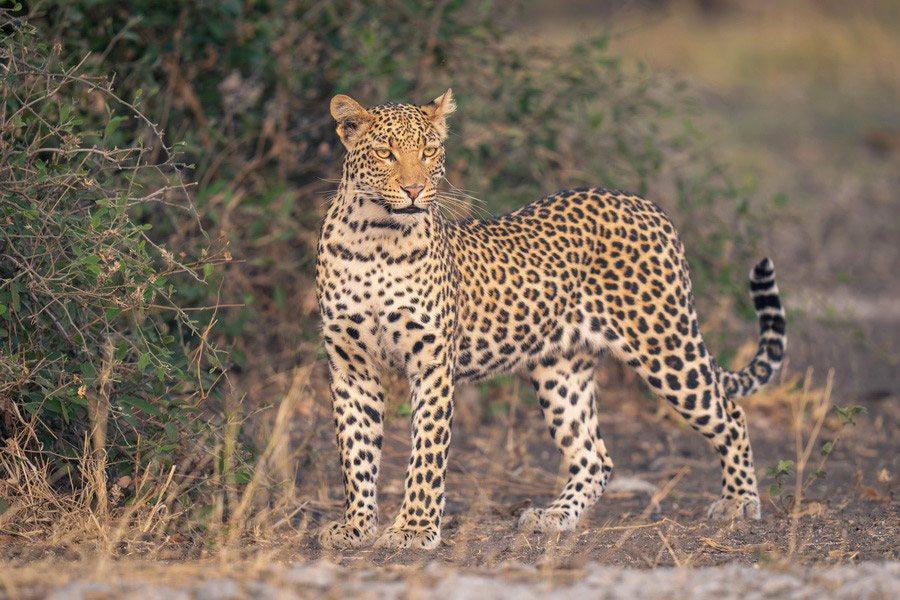
Known for its rich environmental heritage, Turkey (Türkiye) has been facing some concerning conservation challenges for quite some time now. Habitat loss due to the deforestation of the land and erosion of the soil, as well as illegal hunting, climate change, and natural disasters, have posed ongoing threats to the country’s ecosystems. As a result, many species are actively being monitored, with conservation efforts continuing.
Wildlife Wonders of Turkey: A guide on where to see endangered species
National parks and protected areas play a critical role in maintaining a safe environment for threatened plants and animals.
Anatolian leopard (Panthera pardus tulliana)
It is a rare and elusive big cat found in the rugged terrains of Eastern Turkey, particularly in Kahramanmaraş and Bolu Provinces. This magnificent creature captivates wildlife enthusiasts. Nowadays, habitat fragmentation poses a huge risk to its survival, as there are only approximately 1,100 adults of this species remaining.
Mediterranean Monk Seal (Monachus monachus)
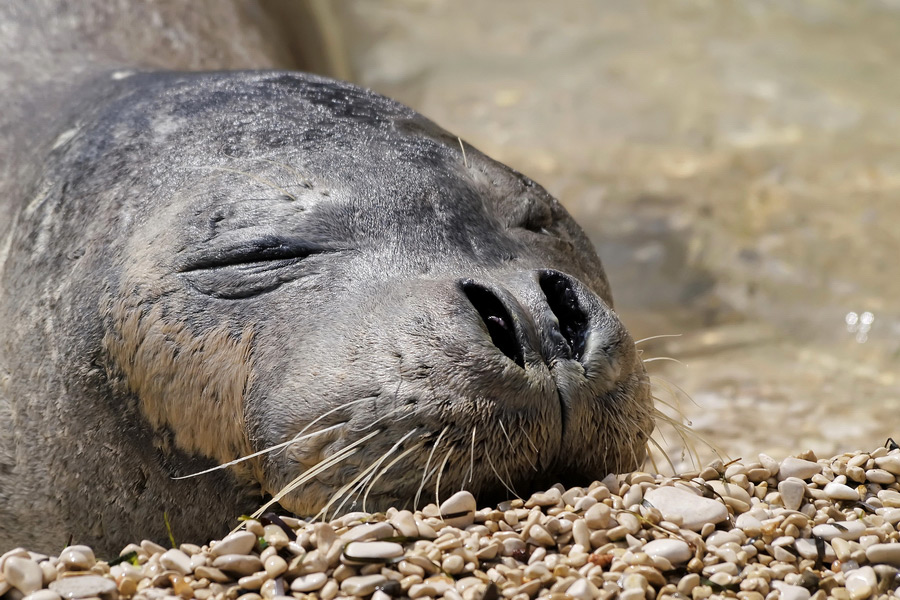
One of the world's rarest seals, often seen lounging on the rocky shores of the Aegean and Mediterranean coasts, especially in Dalyan and Kalkan, as well as in Gökova Bay.
Brown Bear (Boz Ayı)
Brown bears that have been injured or kept in domesticated environments are cared for by veterinarians at the Ovakorusu Bear Shelter in Bursa Province. After their recovery, they are usually later released in the Uludağ National Park.
Gray Wolf (Canis lupus)
Wolves are local to Anatolia, with Gray, Eurasian, and Indian varieties dispersed throughout the country. Gray wolves (Grey wolves) are especially noteworthy, as they were officially introduced as a protected species in 2003. Since that time, numerous conservation efforts have been implemented to safeguard their habitat and other related aspects. They can be observed from a distance in the Mount Ilgaz Wildlife Reserve.
The Crested Pelican (Pelecanus crispus)
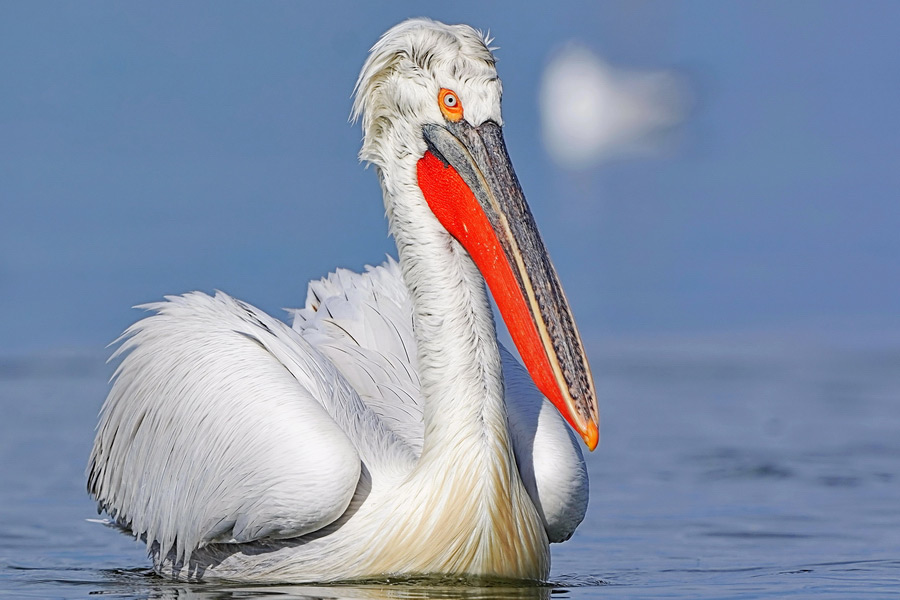
The number of this bird species has largely decreased over the past two decades; thus, conservation measures have been implemented over the years. Gediz Delta (Gediz Deltası) and Lake Manyas (Kuşgölü) are two of the prominent places these birds inhabit.
Sea Turtles (superfamily Chelonioidea)
Dalyan Turtle Beach (Iztuzu Plajı) in Muğla Province is one of the most important places where Turkey’s sea turtles are being taken care of. These vulnerable creatures face threats from predation and the destruction of their natural habitat. However, Turkey has been actively taking steps to ensure their safety and promote their conservation.
Butterflies
The Red List of Butterflies in Turkey highlights some of the most endangered varieties in the country. Among these are Bolland’s Blue (Polyommatus bollandi), Rose’s Blue (Plebejus rosei), and Turkish False Argus (Aricia torulensis). Turkey’s own “Butterfly Valley” (Kelebekler Vadisi) in the Fethiye district is a home to a wide variety of butterfly species and attracts thousands of tourists annually, especially from June to September.
Kazdaği Fir (Abies equi-trojani)
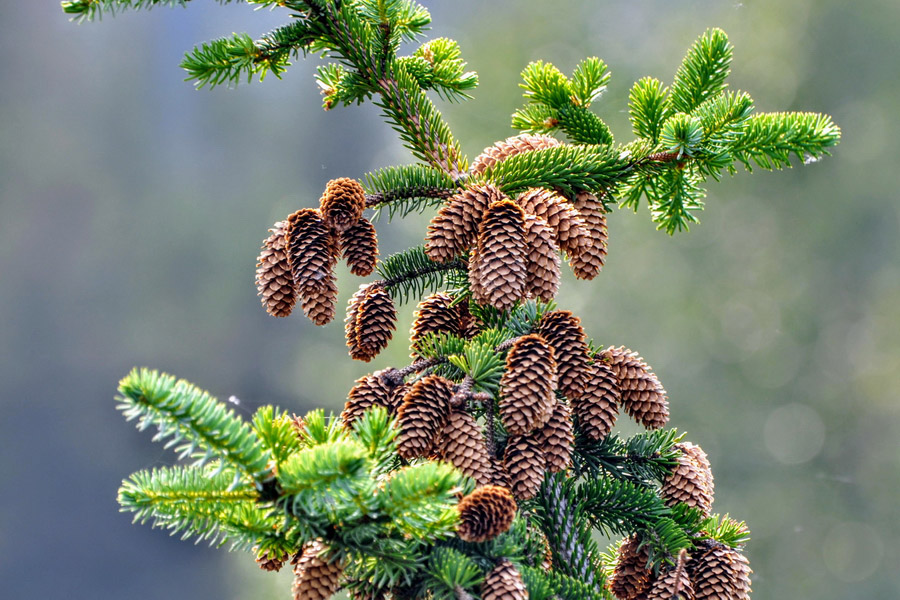
Due to deforestation, among other threats, this species is threatened and needs extreme attention, making conservation efforts essential for its survival. Fir trees can be found in the Kaz Mountains in the Balisekir and Çanakkale regions.
Inverted Tulip (Fritillaria imperialis)
Tulip is the national flower of Turkey, which necessitates careful attention to preserve all endemic varieties and genetic diversity. Overharvesting poses a significant risk to this particular variety which can be found in the Hakkari region, leading to its disappearance.
Istanbul Snowdrop (Galanthus plicatus subspecies, Byzantinus)
Found in Istanbul and its surroundings, this is a rare flower that has been adversely affected by urbanisation and habitat destruction. Some Organisations constantly promote initiatives to raise awareness to protect this species.
Legal Framework for Conservation Policies
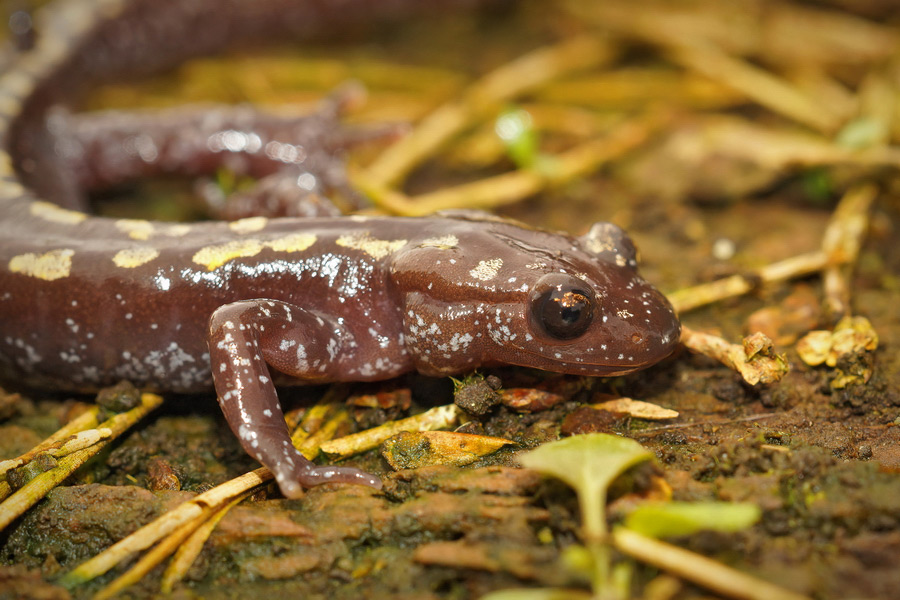
Legislative measures, such as assigning designated places for National Parks and Reserves in habitats to conserve local endemism and protect endangered species, as well as increased investments, have shown us substantial results when it comes to saving animal and plant varieties.
Additionally, some species are registered on the International Union for Conservation of Nature’s Red List of Threatened Species (IUCN Red List). These include the Persian leopard (Panthera pardus saxicolor), the crested pelican (Pelecanus crispus), the Caucasian salamander (Mertensiella caucasica), the Taurus ground squirrel (Spermophilus taurensis), the mountain gazelle (Gazella gazella), and the Dahl’s jird (Meriones dahli). Along with the animal kingdom, almost 1000 endemic plant species are under threat of extinction, and the Turkish government is doing its best to save them.
The country has also signed the Convention on Biological Diversity (CBD) and the African-Eurasian Waterbird Agreement (AEWA). There are several programmes dedicated to protecting iconic species like the Anatolian leopard (Anadolu parsı) and the Turkish brown bear (Boz Ayısı), too.
Initiatives for Biodiversity Promotion
Turkish authorities, as well as non governmental organisations, constantly work on projects aimed at wildlife conservation. International organisations such as Fauna & Flora work on restoring natural habitats and saving nature. With the help of local communities and a partner like The Mediterranean Conservation Society (AKD - Akdeniz Koruma Derneği), this institution aims to save endangered species along the Mediterranean coastline of Türkiye, particularly in Gökova Bay. You can take an active part in their efforts by donating on their website (www.fauna-flora.org).
Change the Future of Turkey’s Wildlife
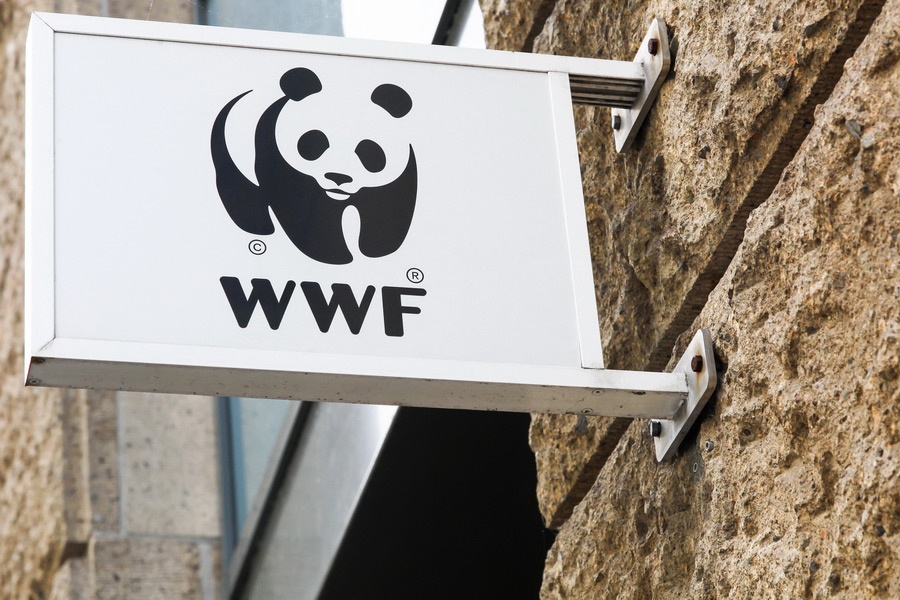
With the environmental challenges the world is facing, Turkey’s flora and fauna needs special care to preserve its rich endemic biodiversity and support sustainable tourism. National parks, protected reserves, and ecoregions play a vital role for safeguarding the habitats of numerous plant and animal species. As a visitor, you can play a vital role in supporting safe and sustainable ecotourism by following these simple guidelines:
- Participate in guided tours in protected areas like natural parks and reserves – an experienced guide provides valuable insights about the local species and the historical significance within the park.
- Respect the wildlife and natural habitats – be kind to nature ensuring that you leave no trace and minimise your impact on the environment, so that nature is kind to you.
- Support local communities and contribute to organisational efforts – by buying souvenirs from the locals, donating to associations and organisations operating in Turkey, or engaging in volunteering, you will be helping to save some endangered species or threatened habitats.
- Respect park regulations – when on a tour, stay with your guide and adhere to the general rules of the park. Respecting these regulations helps ensure the safety of both visitors and wildlife while preserving the natural environment.
Several international and local agencies have been heavily involved in promoting the sustainability and protection of Turkey's unique endemic species and wildlife. Some of these organisations include:
Turkish Association for the Conservation of Nature (TTKD - Türkiye Tabiatını Koruma Derneği)
This organisation was founded in 1955 and aims to safeguard Turkey’s unique and rich environment for future generations. They work to prevent agricultural destruction and raise awareness through different monitoring missions and educational projects. Learn more about the cause and join them as a member through their website: www.ttkder.org.tr
World Wide Fund for Nature, Turkey (WWF)
The iconic panda logo of the World Wide Fund (WWF) is recognised by all who love nature and animals. This reputable organisation has been involved in Turkish wildlife conservation efforts and offers volunteering and educational programs. Get involved in saving these ecosystems and participate in a meaningful mission with WWF!
Turkish Foundation for Combating Soil Erosion (TEMA - Türkiye Erozyonla Mücadele, Ağaçlandırma ve Doğal Varlıkları Koruma Vakfı)
Soil erosion is a huge concern not only in Turkey but globally. For this issue, TEMA has been organising volunteer programs, planting trees, raising awareness and even filing lawsuits to support their cause. You can learn more about their projects on their official website: www.tema.org.tr. Sign up to volunteer or donate to help protect our nature!
Nature Conservation Centre (DKM - Doğa Koruma Merkezi)
This foundation was established in 2004 and promotes sustainable management of natural resources and the protection of local biodiversity. Through various workshops and training programmes they address issues related to water management, climate change, conservation planning and nature education. Be part of the change! For more information, visit their website: www.dkm.org.tr
Turkish Marine Research Foundation (TÜDAV - Türk Deniz Araştırmaları Vakfı)
Marine wildlife is just as crucial as terrestrial ecosystems. If you’re passionate about this cause, Turkish Marine Research Foundation offers numerous educational programmes and engages in policy making efforts. Help protect Turkish marine life by donating on their website: www.tudav.org
Sea Turtle Research, Rescue and Rehabilitation Center (DEKAMER - Deniz Kaplumbağaları Araştırma, Kurtarma ve Rehabilitasyon)
Conservation efforts are also being made to preserve sea turtles, which are a significant part of the Turkish animal kingdom. Dalyan Turtle Beach (Iztuzu Plajı) in the Muğla province hosts about 300 turtle nests per year. And you may visit the Sea Turtle Rescue Centre (DEKAMER) in Dalyan to learn more about those nice reptiles.

